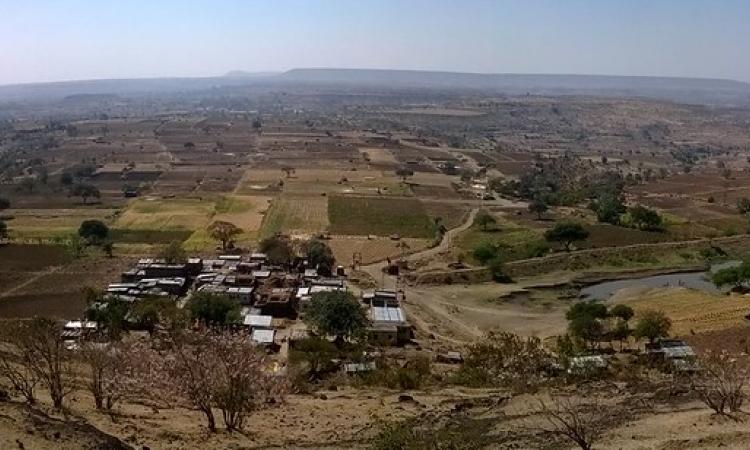
Desertification is accelerating in several northeastern Indian states
The Indian Space Research Organization (ISRO) recently reported that six states in northeastern India were among the top 10 places in the country with the highest desertification rates between 2003 and 2018. These states are Mizoram, Arunachal Pradesh, Assam, Tripura, Nagaland and Meghalaya. In northern India, Punjab, Delhi, Jammu and Kashmir, and Uttarakhand have seen some of the highest rates of desertification.
Mizoram has been desertifying at the fastest rate among the northeastern states in the country, with a degradation of 0.18 million hectares (mha) over a 15-year period.
Desertification is the process by which a relatively dry region becomes increasingly arid. Deforestation and loss of cover primarily cause desertification. (Down to Earth)
Number of disasters increased over the past 50 years but mortality reduced, thanks to early warnings: WMO Report
WMO's Atlas of Mortality and Economic Losses from Weather, Climate and Water Extremes (1970-2019) indicates that a significant increase in extreme weather conditions has led to a fivefold increase in the number of disasters since 1970. Nevertheless, the number of deaths has decreased by almost threefold, thanks to enhanced early warnings and disaster management, according to this report by the World Meteorological Organisation (WMO).
Globally, there have been over 11,000 disasters caused by these hazards, causing just over 2 million deaths and $3.64 trillion in losses. The majority of these disasters were caused by floods and storms. More than 91 percent of these deaths occurred in developing countries, and the hazards causing the most deaths in this period were droughts, storms, floods, and extreme temperatures. (The Weather Channel)
2200 water testing labs are operational across the country
2,200 water testing labs are functioning in the country as part of the Jal Jeevan Mission. These labs are equipped with an app-based digitised platform for testing water quality for standard safety parameters. Public health officials say the new facility will improve health outcomes, especially for children, and will make it easier for private individuals, public health engineering authorities, and panchayats where piped drinking water is available to monitor water quality.
In areas with high levels of contamination, the new platform would prove invaluable because anyone can submit a sample and source coordinates of piped water supply. These water-quality testing reports will be delivered online to the person giving the sample and also feed a central database for continual monitoring. (Hindustan Times)
Odisha's Bhitarkanika Wildlife Sanctuary is under threat from industrial pollution and freshwater extraction
An increasing load of pollution from industries, mining and human activities threatens the existence of Bhitarkanika Wildlife Sanctuary, the mangrove ecosystem that is vital to Odisha's identity and existence.
Raw water for these activities, estimated at 86.26 million cubic meters (MCM) per year, is drawn from the Brahmani river, from which the mangrove forest gets its freshwater. The existence of the second-largest mangrove forest in India is further threatened by the upcoming irrigation canals from the Rengali reservoir that will divert more water, leaving almost no fresh water for downstream areas.
Along with this, an additional 414 mcum shall be drawn from the Kharasrota, a tributary of the Brahmani river at the Jokadia barrage, to meet water needs of the Kalinga Nagar industrial complex. (The New Indian Express, Down to Earth)
Centre's micro-irrigation scheme makes drought-prone Maharashtra districts more water efficient
The central government’s ambitious micro irrigation scheme – Per Drop More Crop component of Pradhan Mantri Krishi Sinchayee Yojana (PMKSY-PDMC) has covered 6.55 lakh hectares in the state, since 2015-16. Out of this 6.55 lakh hectares, about 60 per cent of the area that is over 3.90 lakh hectares, is from 19 districts in the drought-prone Marathwada and Vidarbha regions.
According to a study conducted by NITI Aayog to evaluate the PMKSY-PDMC scheme in 2020, the scheme is relevant in achieving national priorities such as substantially improving on-farm water use efficiency, enhancing crop productivity, generating employment opportunities etc. Furthermore, drought-prone districts are responding to micro-irrigation schemes since big dams have failed to resolve the state's water crisis. (The Hindu)
This is a roundup of important news published from August 24 – September 5, 2021. Also read policy matters this fortnight.